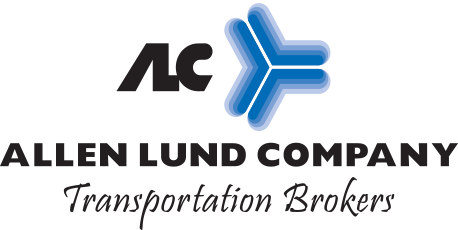As we enter the second month of 2023, we are beginning to see some key economic conditions impacting the OTR truckload market. With the holidays in the rear-view mirror, and more drivers returning from vacation, we are really beginning to see the direct impacts that the current economic conditions are having on the transportation industry.
During the height of the pandemic, consumer spending on durable goods were at an all-time high, driving the need for more truckload capacity to meet the demand of consumers. As restrictions lessened or were eliminated throughout 2022 and into the beginning of this year, consumer spending has shifted. Even though consumer spending is trending downward, consumers have been longing for more experiences ranging from dining out to traveling. Whatever residual income consumers have has been shifted over to services and experiences. This has caused many manufacturers of durable goods to slow production schedules and delay shipments to their customers. Interest rates being increased has also led to consumer spending on goods, such as homes, to slow down as well.
The overall lack of spending in the market has led to shippers pushing for lower freight costs as demand continues to fall. With fuel prices remaining high, along with insurance premiums and cost of maintenance, it makes for quite the conundrum for carriers. If history has taught us anything, it’s that the economy is cyclical and rates will always be rising and falling. As pressure for lower rates increase, it’s important for transportation brokers and carriers to keep relationships strong. Working together to come to agreements on rates that work for all parties is crucial to keep things moving in right direction. Thank you to all of our valued truck drivers who help keep our world moving day in and day out!


